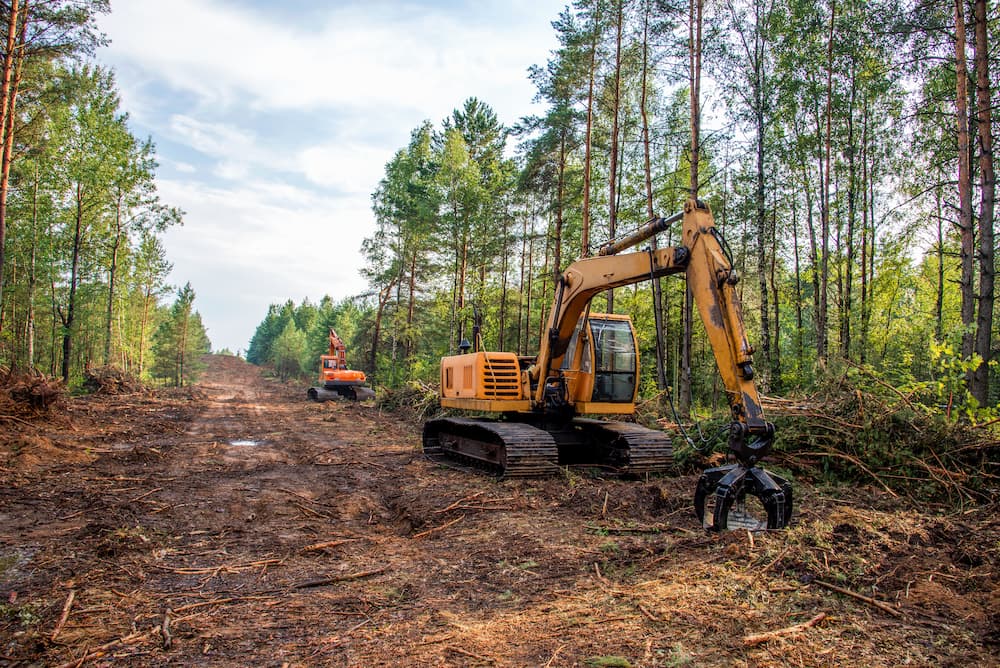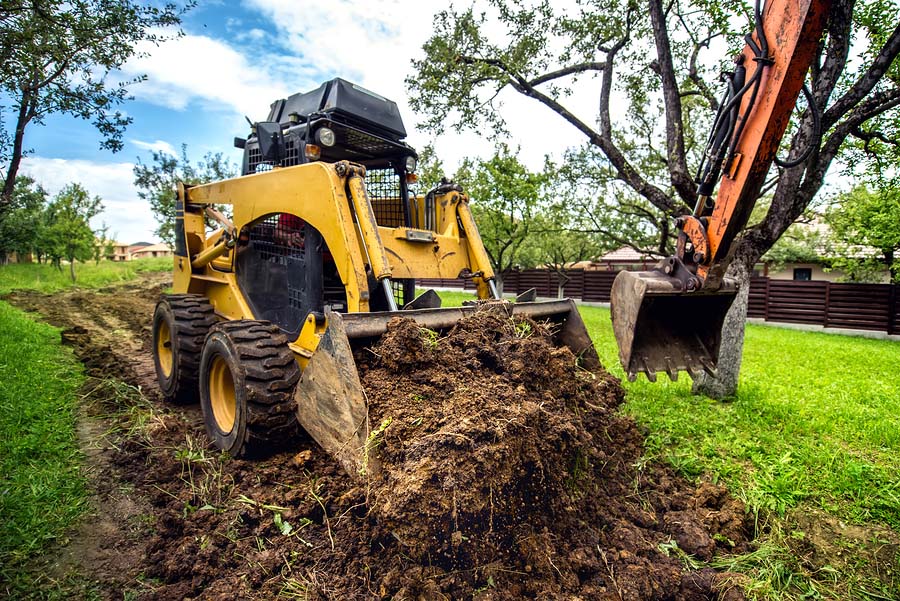Sustainable Land Cleaning Practices for a Greener Atmosphere
In the realm of ecological conservation, the technique of sustainable land clearing stands as a critical point of conversation. The elaborate dancing in between development and sustainability in land cleaning methods introduces a world of possibilities that bid for exploration and execution.
Importance of Lasting Land Clearing Up
The importance of implementing sustainable land clearing up techniques lies in the conservation of ecological communities and the maintenance of environmental integrity. When land is removed unsustainably, it can lead to irreversible damage to the setting, resulting in soil disintegration, loss of biodiversity, and interruption of all-natural habitats. By adopting lasting methods such as careful clearing, reforestation, and erosion control measures, we can decrease these adverse effects and ensure the long-term health of our environments.

Furthermore, sustainable land cleaning techniques advertise accountable land administration and sustain the livelihoods of neighborhood neighborhoods. By guaranteeing that land is gotten rid of in a manner that is ecologically friendly and socially accountable, we can develop a more sustainable future for all.
Eco-Friendly Clearing Up Techniques

One more effective method is the use of regulated burns. By very carefully intending and performing prescribed burns, land managers can remove greenery in a regulated fashion, minimizing the danger of wildfires and advertising the growth of fire-adapted plant types. Controlled burns also help reuse nutrients back right into the dirt, boosting brand-new development and keeping community wellness.
Moreover, making use of mechanical tools with reduced ground stress, such as tracked vehicles or specialized forestry mulchers, can lessen dirt compaction and damage to underlying plants. These equipments are created to run with precision, precisely removing unwanted greenery while maintaining the bordering atmosphere. By including these environmentally friendly cleaning strategies, land clearing up procedures can sustain biodiversity, conserve all-natural sources, and add to a greener, much more sustainable future.
Biodiversity Conservation Approaches
Including eco-friendly land clearing up techniques not just decreases ecological impact but also plays a critical role in cultivating biodiversity preservation approaches. Preserving biodiversity is necessary for maintaining the balance of ecological communities and ensuring the sustainability of our planet. When clearing land, it is critical to consider the impact on regional vegetation and fauna. One reliable approach for biodiversity conservation throughout land clearing is the implementation of discerning clearing practices. This includes meticulously examining the location and recognizing essential go habitats or species that need protection. By avoiding the indiscriminate removal of vegetation and environments, we can guard biodiversity hotspots and minimize disturbance to wildlife.

Sustainable Machinery and Equipment
To minimize environmental effect and improve performance in land clearing up techniques, utilizing sustainable equipment and equipment is paramount. Sustainable equipment and tools refer to tools especially designed to reduce emissions, minimize Learn More dirt compaction, and lower fuel usage during land clearing up activities. Carrying out modern technologies such as low-emission engines, crossbreed systems, and precision devices can dramatically decrease the carbon footprint connected with land clearing up operations.
One instance of lasting machinery is the use of mulchers or chippers that can refine greenery on-site, minimizing the demand for burning or transporting away particles - Legendary Demolition Seattle. Additionally, employing devices with general practitioner technology can help in exact preparation and execution of land clearing up tasks, minimizing unneeded disruption to surrounding ecosystems
Normal upkeep and appropriate tools sizing are also important components of lasting land clearing practices. Guaranteeing that equipment is well-maintained not only lengthens its life-span however likewise optimizes its performance, resulting in much more efficient and eco-friendly land clearing up procedures. By focusing on the use of sustainable equipment and tools, land clearing up tasks can be performed with very little effect on the atmosphere, promoting a greener and even more lasting future.
Community Interaction and Education
Involving the regional neighborhood and offering instructional resources are crucial parts of promoting sustainable land clearing up techniques. Area involvement cultivates a feeling of shared duty and possession over land monitoring choices, leading to even more lasting results. By involving neighborhood participants in the preparation process, their knowledge and viewpoints can be integrated, leading to solutions that are culturally sensitive and ecologically sound.
Educational sources play an important role in equipping people with the understanding and skills required to adopt sustainable land cleaning methods. Workshops, training sessions, and informative products can assist community participants understand the relevance of biodiversity conservation, dirt wellness, and water quality in the context of land clearing tasks. By increasing awareness about the prospective environmental impacts of inappropriate land cleaning methods, instructional campaigns can drive behavior modification and motivate the fostering of more sustainable choices.
Ultimately, area engagement and education and learning develop a foundation for click site lasting environmental stewardship, making certain that land clearing tasks are carried out in a way that preserves ecosystems and promotes the wellness of both individuals and the planet.
Conclusion
To conclude, sustainable land cleaning techniques are crucial for maintaining the environment and advertising biodiversity. By using eco-friendly techniques, conserving biodiversity, making use of sustainable equipment, and involving with areas, we can make sure that land clearing up activities have minimal unfavorable influence on the ecological community. It is essential that we focus on sustainable practices to shield our environment for future generations.
By incorporating these environmentally friendly clearing strategies, land clearing up operations can sustain biodiversity, conserve natural sources, and contribute to a greener, more lasting future.
One efficient approach for biodiversity conservation throughout land cleaning is the execution of discerning cleaning methods. By prioritizing the use of lasting machinery and devices, land clearing activities can be lugged out with minimal effect on the setting, fostering a greener and more sustainable future.
In verdict, sustainable land clearing methods are important for advertising and maintaining the setting biodiversity. By making use of eco-friendly methods, preserving biodiversity, using lasting machinery, and involving with communities, we can make sure that land clearing activities have very little adverse influence on the environment.